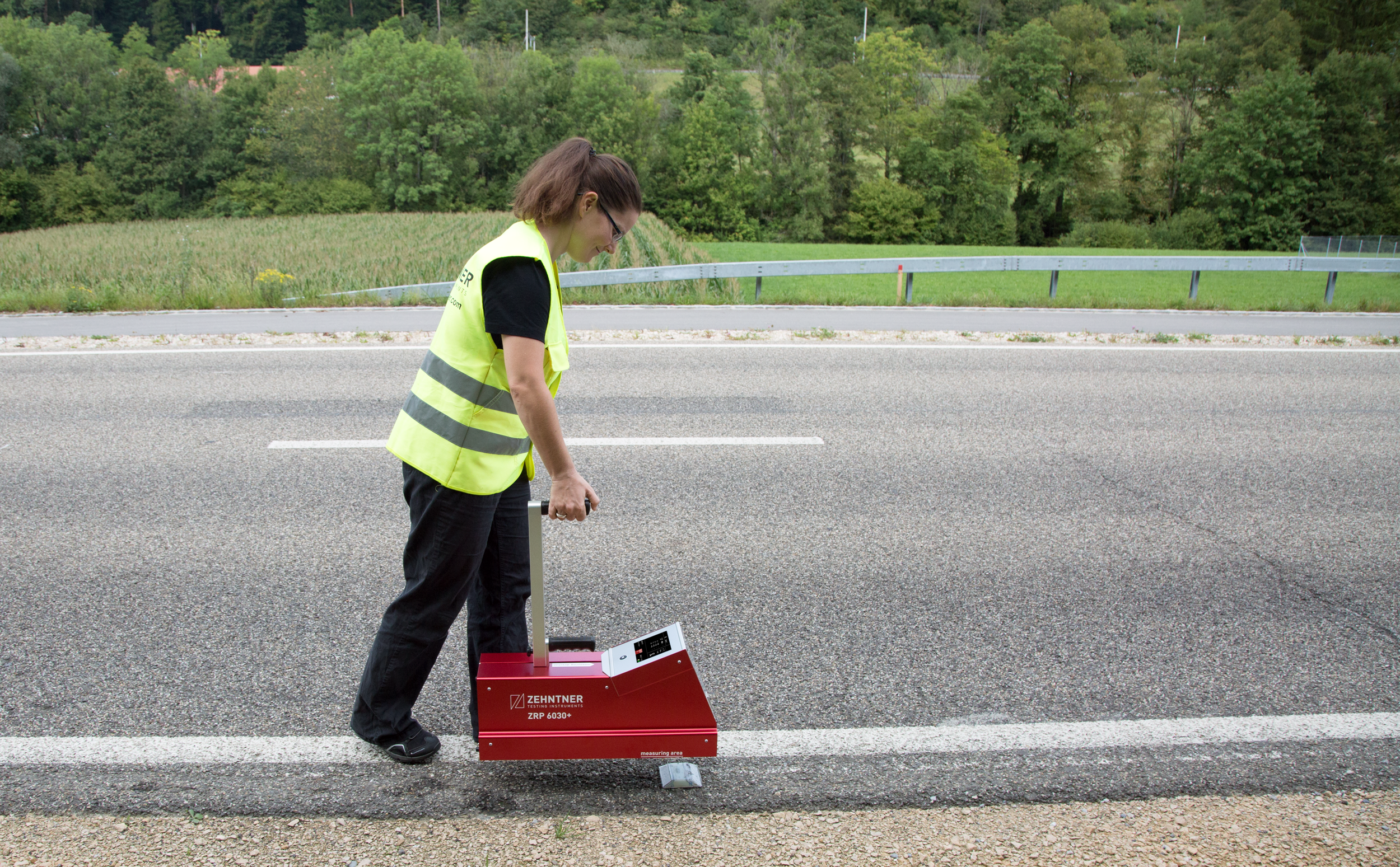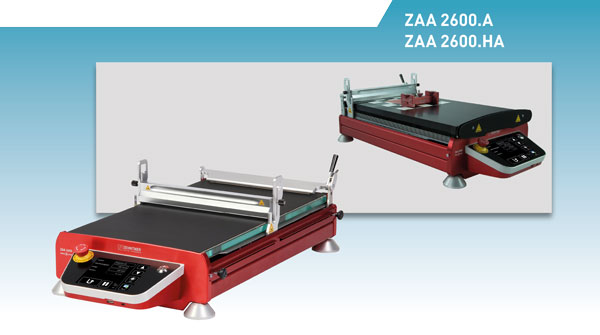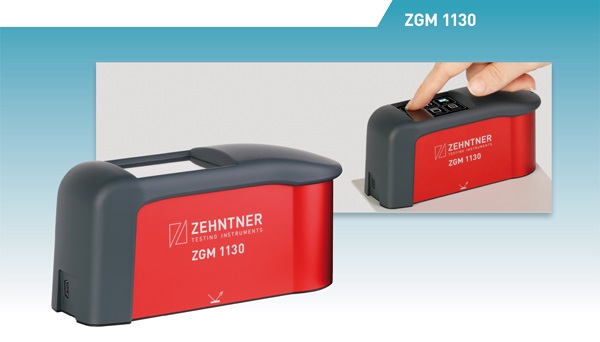Raised retroreflective pavement markers are an asset both economically and socially, but they must be maintained. Technology is ensuring that testing is carried out efficiently, so that the road safety budget can go further.
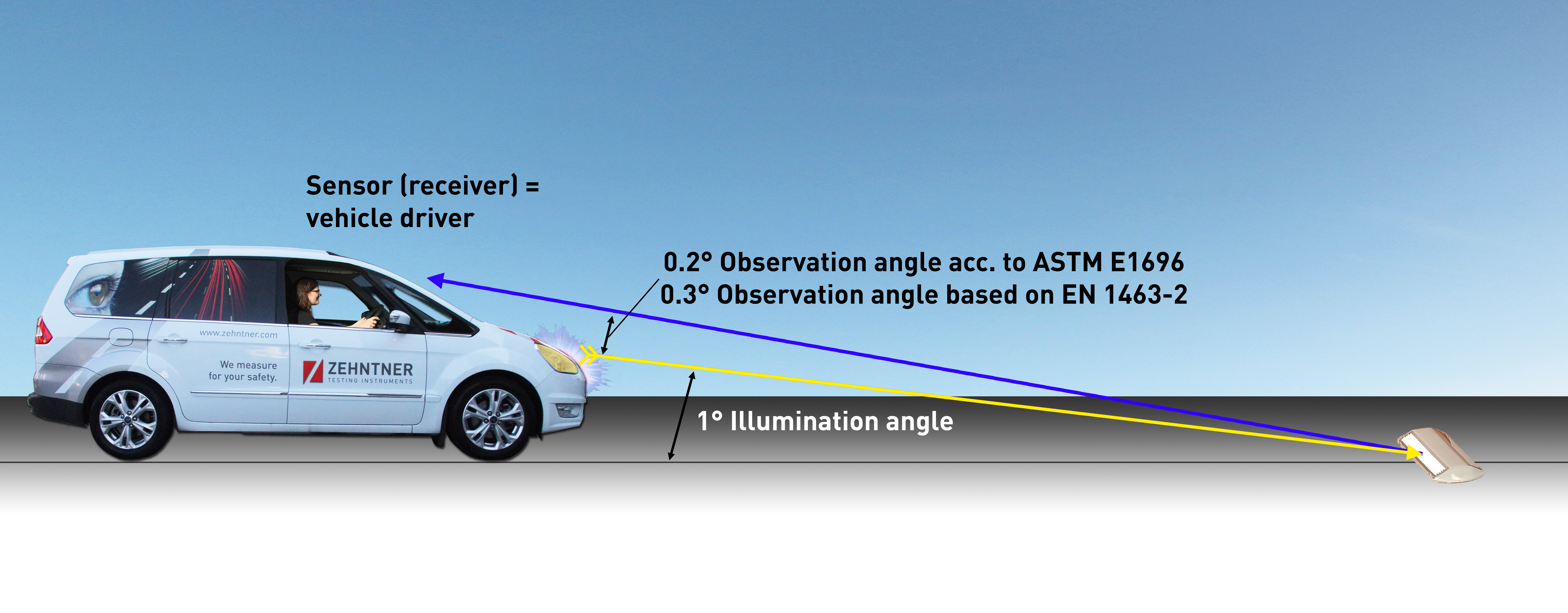
Measuring principle of field mesurements of raised retroreflective pavement markers, the observation angle requirements of road stud measurements differ, depending on the country developed for
Regular field tests
To guarantee ongoing traffic safety, an initial performance test is not sufficient. Retroreflective pavement markers are subjected to wear and tear, so regular field tests and a structured maintenance policy are required to ensure that repairs or replacements are carried out in due time.
While it may make sense to carry out the initial performance test in a laboratory using a goniophotometer, it would be a waste of time and material to extract raised pavement markers from the road for field tests. It is
much easier and more cost-efficient to use a handheld retroreflectometer for on-site field measurements of the night visibility (coefficient of luminous intensity R and RI) without extracting them. Zehntner offers the portable handheld retroreflectometer models ZRP 6030 and the newly launched ZRP 6030+. The operator simply places
the retroreflectometer onto the pavement marker and, with a press of a button, the night visibility, ambient temperature, relative humidity and, optionally, the GPS coordinates, are recorded. The night visibility measurements are related to the visual observation as seen by a car driver at distances of approximately 220m (722ft) or 440m (1,444ft) for trucks, both under low-beam headlight illumination.
Zehntner retroreflectometers are appreciated worldwide for their fast and easy operation, as well as their Swiss precision. The new ZRP 6030+ comes with a 5.7in (14.5cm) high-resolution color.
Zehntner’s ZRP 6030+ Retroreflectometer is used to measure the night visibility of road studs in the field
Maintenance management
When Qatar-based infrastructure company Al Jaber & Makhlouf was contracted to supply road markings for the Hamad International Airport (formerly the New Doha International Airport), it had to observe the regulations set by the ICAO. As such, high-precision testing instruments from the Swiss manufacturer Zehntner were used for the initial acceptance inspection. This is just one practical example of maintenance management for ground signs and markings.
For such measurement jobs, Zehntner offers a variety of Swiss quality retroreflectometers that are fast, precise and easy to use. The user has a choice between three different handheld units, which are suitable for small- and medium-sized airports:
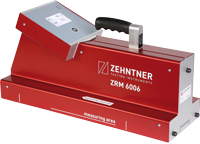 |
the ZRM 6006 with one-button operation |
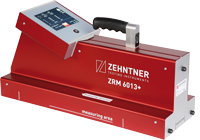 |
the ZRM 6013+ with additional memory, PC and printer interface |
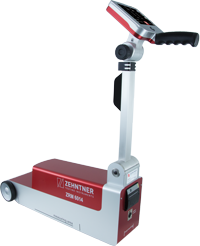 |
and the ZRM 6014 with additional unique options and optimized user comfort |
For large, busy airports, the sophisticated, vehicle-mounted ZDR 6020 Dynamic Retroreflectometer RL may be the best choice as it can cover a large area quickly at traffic speed – minimizing or even eliminating the need to close runways, taxiways and ground traffic roads. The measuring head can also be mounted on other testing vehicles such as friction testers. Traffic signs can be measured with the various models of the ZRS 6060 Retroreflectometer.

Zehntner designs retroreflectometers for a variety of needs and budgets
Software support
Assisted by Zehntner’s free mapping and data analysis software, „MappingTools“, the management of retroreflection measurements becomes fast and simple. They can be evaluated to individual specifications and the results can be displayed in charts, tables or on a map. For maximum compatibility with existing systems and procedures, measuring reports can be generated in several languages, as PDF or Microsoft Excel files.
Furthermore, the data can be exported to an external GIS (geographic information system).
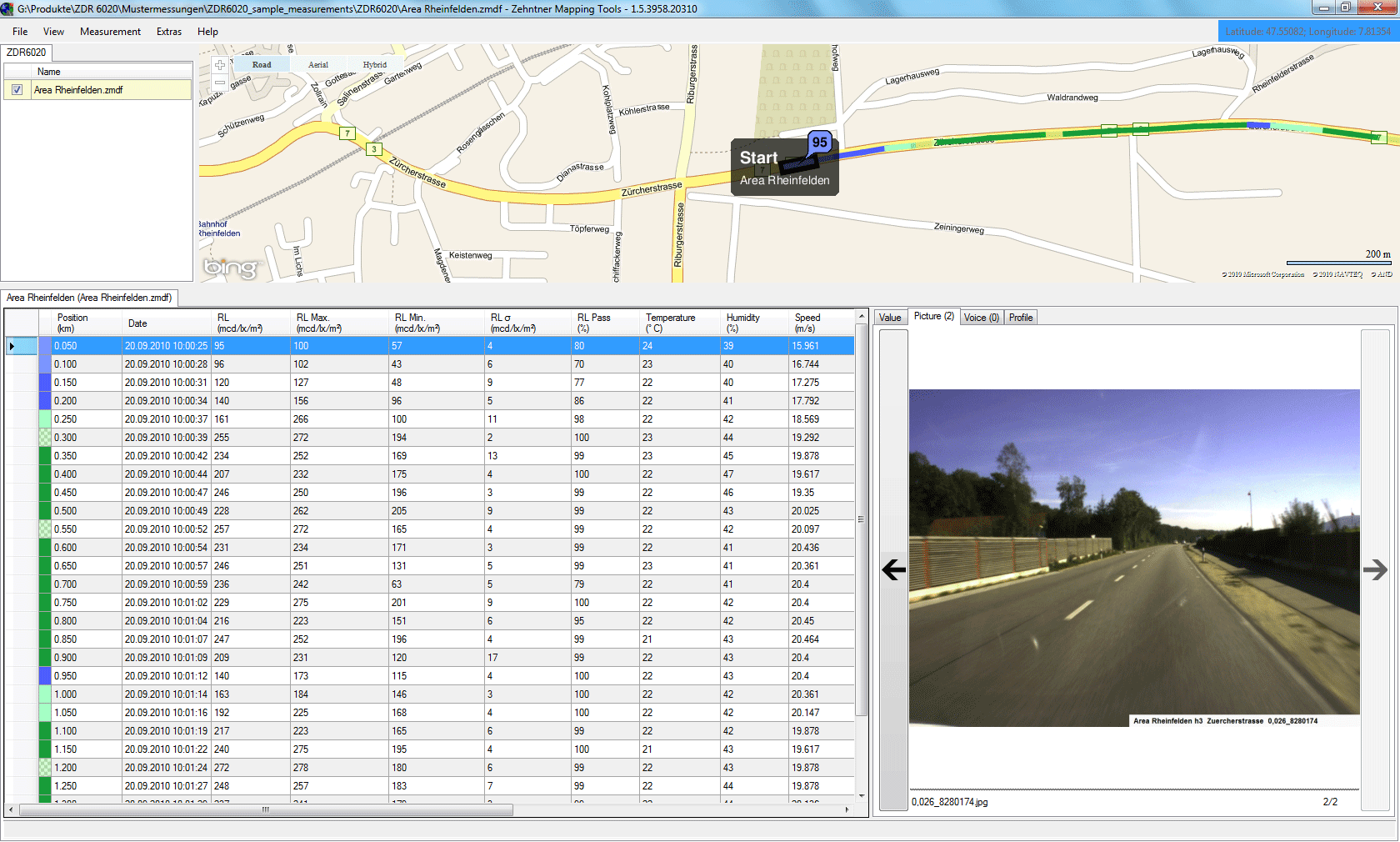
Zehntner’s „MappingTools“
Author: Sévérine Berger
Company: Zehntner GmbH Testing Instruments, Switzerland
Telephone: +41 61 953 05 50
Email: This email address is being protected from spambots. You need JavaScript enabled to view it.
Website: www.zehntner.com



